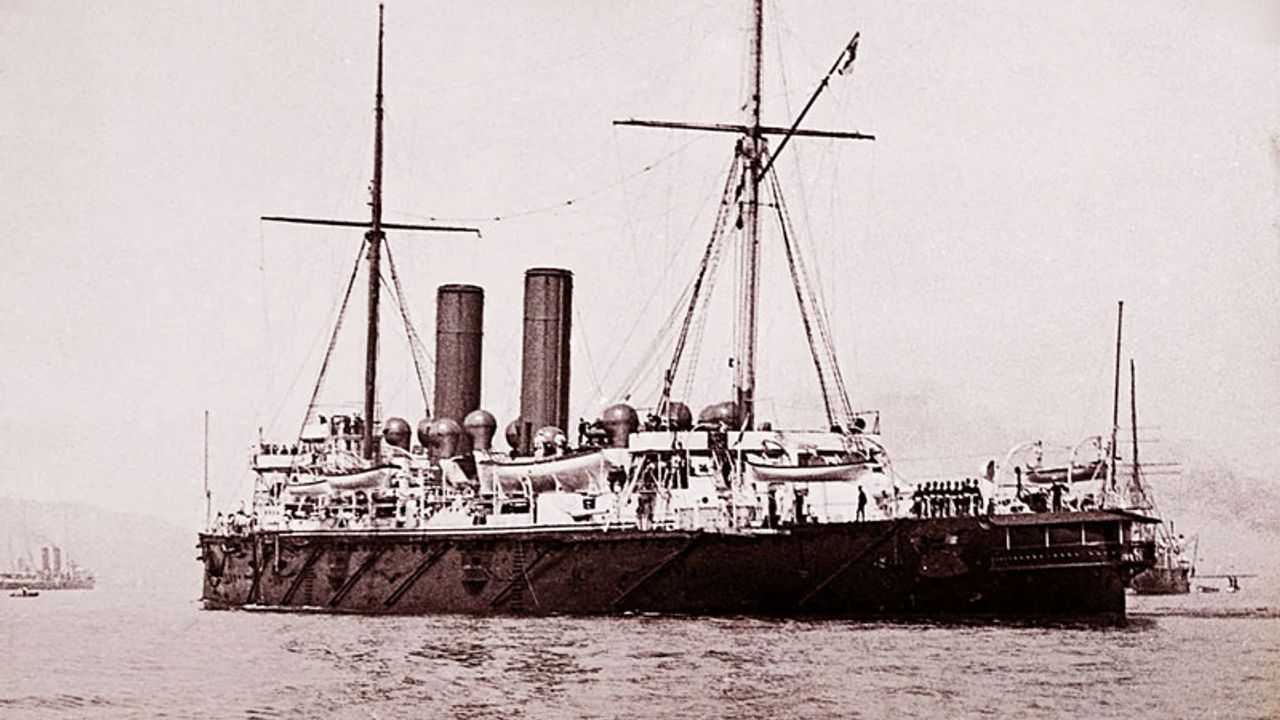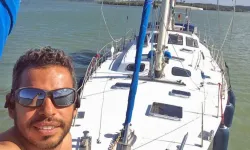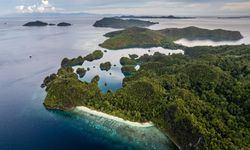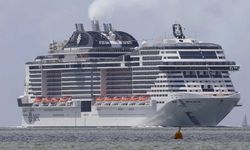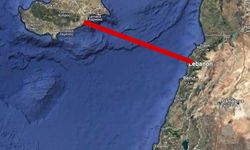A group of UK divers has potentially discovered the long-lost wreck of HMS Hawke, a Royal Navy warship torpedoed by a German U-boat during World War I. The vessel, an Edgar-class cruiser launched in 1891, sank on October 15, 1914, off the coast of Scotland, resulting in the loss of over 500 crew members. For more than a century, the wreck remained lost on the seabed, until it was recently located by specialist divers from Lost In Waters Deep, working in collaboration with Buchan Divers.
The wreck was found lying on its starboard side at a depth of 110 meters (361 feet) in the North Sea. Despite its long submersion, the ship is remarkably well-preserved, with much of its structure and features, such as polished guns, teak decks, and navigation equipment, still intact. Divers also reported seeing crockery, including cups and saucers, but no human remains.
The discovery was the result of years of research by the team, who studied historical documents such as the U-boat commander's journal and naval logs. Their efforts led them to examine admiralty charts, which indicated an obstruction in the area. The wreck was eventually located about one kilometer away from this reported obstruction.
While no definitive identifying features, such as a named bell, have been found, the wreck’s characteristics strongly suggest it is HMS Hawke. Given that no other warships are recorded as lost in the area, the team is confident in their identification. The Royal Navy is now awaiting further evidence to formally confirm the wreck's identity.
If confirmed, the site may be classified as a war grave, protecting it as an underwater archaeological site. Further dives may be conducted to recover identifying artifacts, but the team is already convinced of the wreck’s identity based on its matching features to the Edgar-class destroyer.
